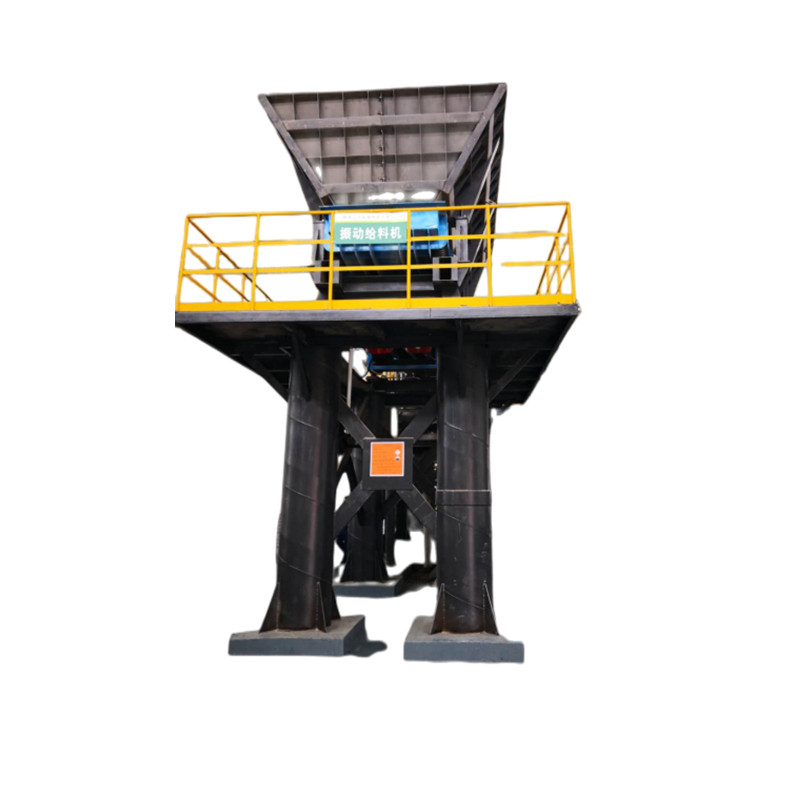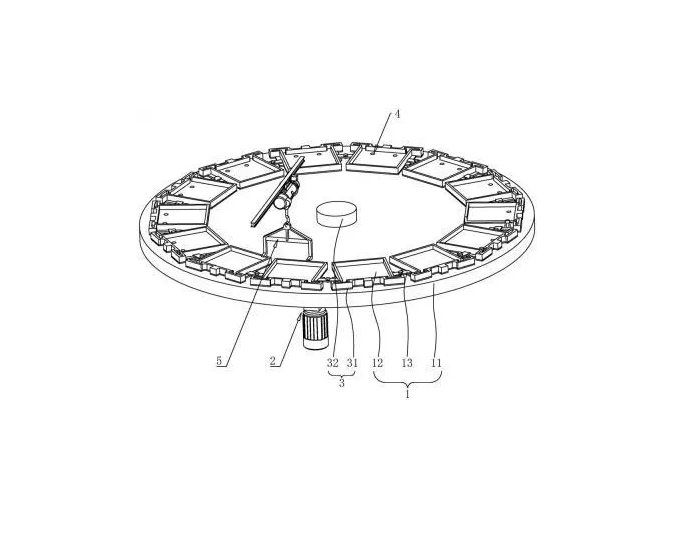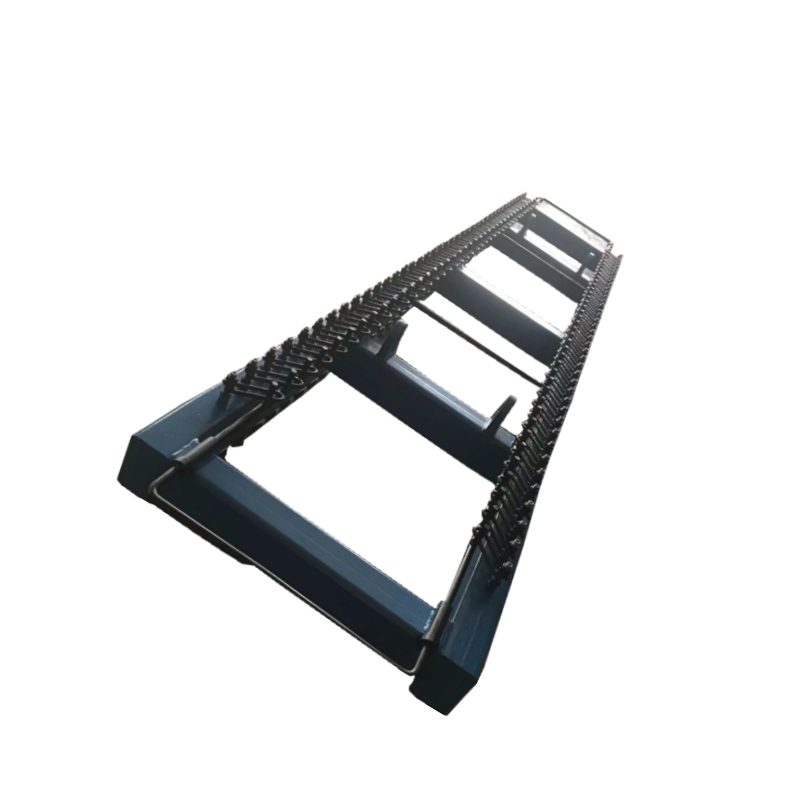10T lead battery recycling plant residential gas industrial rotary smelting furnace
Rotary smelting furnace
A rotary furnace is a type of blast furnace, whose body is an inclined cylindrical container that can rotate. The principle of rotary furnace is to use the effect of high temperature and high-speed Redox to mix ore and coke together, rapidly heat and melt in the furnace, and separate metal and waste slag.
The internal parts of the rotary furnace are divided into different areas, with the top layer being the combustion zone, where coke and oxygen react to produce high-temperature and high-pressure gas flow. The gas flows downwards and enters the reduction zone. The ore and coke undergo a reduction reaction in the reduction zone, and the metal is reduced out. The metal flows downwards along the furnace barrel and finally reaches the slag area, where it is separated from the waste slag.
The rotary furnace has the advantages of high production capacity and high melting efficiency, and can melt various metal materials such as iron, steel, and alloys. In the steel industry, rotary furnaces have become one of the main steelmaking equipment, widely used in fields such as steelmaking, ironmaking, and scrap recovery.
Lead scraps, Lead grid, Lead acid battery scrap, adaptable to different raw materials.
The Lead melting rotary furnace consists of a rotary host, a fire-resistant furnace lining, a combustion system, a hydraulic system, a Ring gear transmission system and a flue system. Both charging and discharging pass through the furnace mouth installed with a furnace door. During charging and discharging, the furnace door installed with a burner can be opened. Auxiliary machines are equipped with supporting automatic feeding machine, automatic slag (soup) bag and slag raking machine, and automatic ingot casting and stacking machine. Through these supporting equipment, the automatic operation of the whole process can be realized.
Details include:
- Refractory Material of Chrome-Magnesium basis
- air-fuel burner or Oxy-fuel burner or Heavy oil burner
- Feeding door opening through local control panel and through remote control
- Door operation system with hydraulic unit;
- Rotation system 0 - 1 rpm with variable speed driver (by VFD)
 English
English  Español
Español  Português
Português  русский
русский  français
français  日本語
日本語  Deutsch
Deutsch  Tiếng Việt
Tiếng Việt  Italiano
Italiano  Nederlands
Nederlands  ไทย
ไทย  Polski
Polski  한국어
한국어  Svenska
Svenska  Malay
Malay  বাংলা
বাংলা  हिन्दी
हिन्दी  Pilipino
Pilipino  Türk
Türk  عربى
عربى  Indonesia
Indonesia  norsk
norsk  čeština
čeština  Українська
Українська  Javanese
Javanese  فارسی
فارسی  తెలుగు
తెలుగు  Burmese
Burmese  български
български  Latine
Latine  Azərbaycan
Azərbaycan  Српски
Српски  Esperanto
Esperanto  Afrikaans
Afrikaans  Català
Català  Cymraeg
Cymraeg  Беларус
Беларус  Hrvatski
Hrvatski  Kreyòl ayisyen
Kreyòl ayisyen  Shqiptar
Shqiptar  Bosanski
Bosanski  Кыргыз тили
Кыргыз тили  ಕನ್ನಡ
ಕನ್ನಡ  IsiXhosa
IsiXhosa  Chichewa
Chichewa  Somali
Somali  O'zbek
O'zbek  հայերեն
հայերեն  Sundanese
Sundanese  Malagasy
Malagasy 













